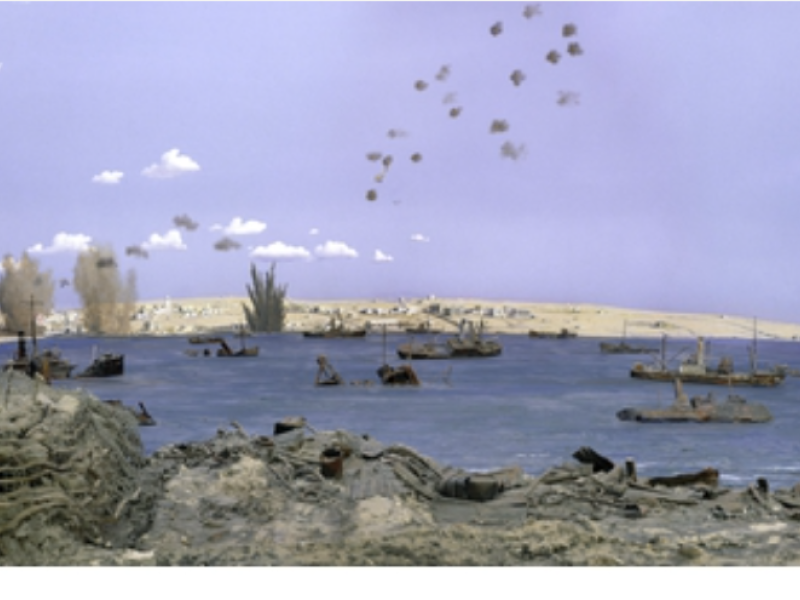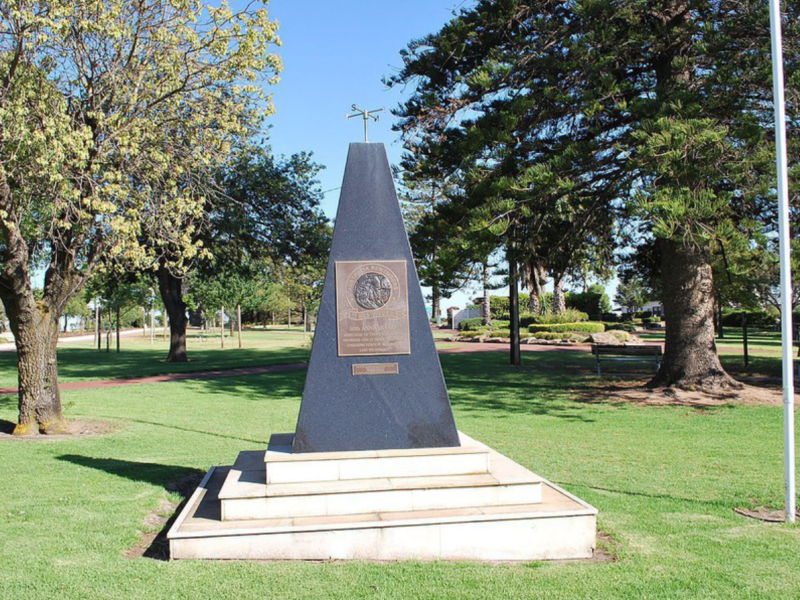Acting Corporal Arnold Joseph Pike, 2/43rd Battalion, AIF
Arnold Pike was born on 15 June 1902 in Murray Bridge, South Australia, the son of Joseph and Martha Pike. He and his siblings attended the local school, and he went on to work as an agriculturalist.
In 1927, he married Ethel Rawson, and they went on to have three sons, Geoffrey, Rodney, and Donald.
Arnold was secretary of the local Methodist Church social club, he and Ethel sang in the choir, and Ethel taught Sunday School.
In 1928, the Pikes moved to Gawler north of Adelaide. Ethel became president of the Gawler Woman’s Temperance Union, and Arnold maintained his links with the church.
In June 1940, Arnold enlisted for service in the Second World War at 38 years old. Private Pike reported for duty on 22 June 1940, embarking 29 December 1940 for the Middle East with the 2/43rd Battalion.
The battalion arrived at Egypt at the end of January 1941 and travelled by train to an Australian base in Southern Palestine. The 2/43rd went into camp at Khassa, north of Gaza.
Pike was taken to hospital was an eye complaint in mid-February, but was back with his unit in early March. At this time, the 9th Division was brought to Libya, to garrison the area east of Tobruk. The division did not have enough vehicles to bring all its units forward towards Benghazi, so the 24th Brigade – of which the 2/43rd Battalion was part – remained in Tobruk.
The situation quickly changed in April. The German Afrika Korps, leading an Axis counter-attack, pushed the British from El Agheila and the 9th Division withdrew to Tobruk. The division and the 18th Brigade defended the fortress for the next six months.
The 2/43rd participated in the usual pattern of defensive duties, manning parts of the Red Line, working on the Blue Line, and aggressively patrolling no man's land. The Red Line was a series of concrete pillboxes forming a semi-circle around Tobruk. It was the town’s outer line of defence, while the Blue Line was the second line.
Pike was appointed acting lance corporal on 19 June, and on 11 July was promoted to acting corporal.
In late July, a plan was developed for an attack on the German and Italian troops holding positions to the south. “Zero hour for attack” was 3.30am on 3 August. While the attack proved unsuccessful, the battalion’s war diary records that it was “noteworthy for the way in which the men, regardless of casualties, moved forward determined to come to grips with and defeat the enemy.
‘Despite heavy casualties’, one observer remarked, ‘they moved on as though it were a tactical exercise.’”
Amongst the heavy casualties was Arnold Pike. He was 39 years old, survived by his grieving wife and three sons.
Today his remains lie in Tobruk War Cemetery under the inscription “He gave his life for his loved ones. Greater love hath no man.”
Duncan Beard, Editor, Military History Section
Image: Diorama "Tobruk", by artist Ray Ewers, 1954
- Australian War Memorial https://www.awm.gov.au/collection/AWM2019.1.1.132

 Australian War Memorial
Australian War Memorial